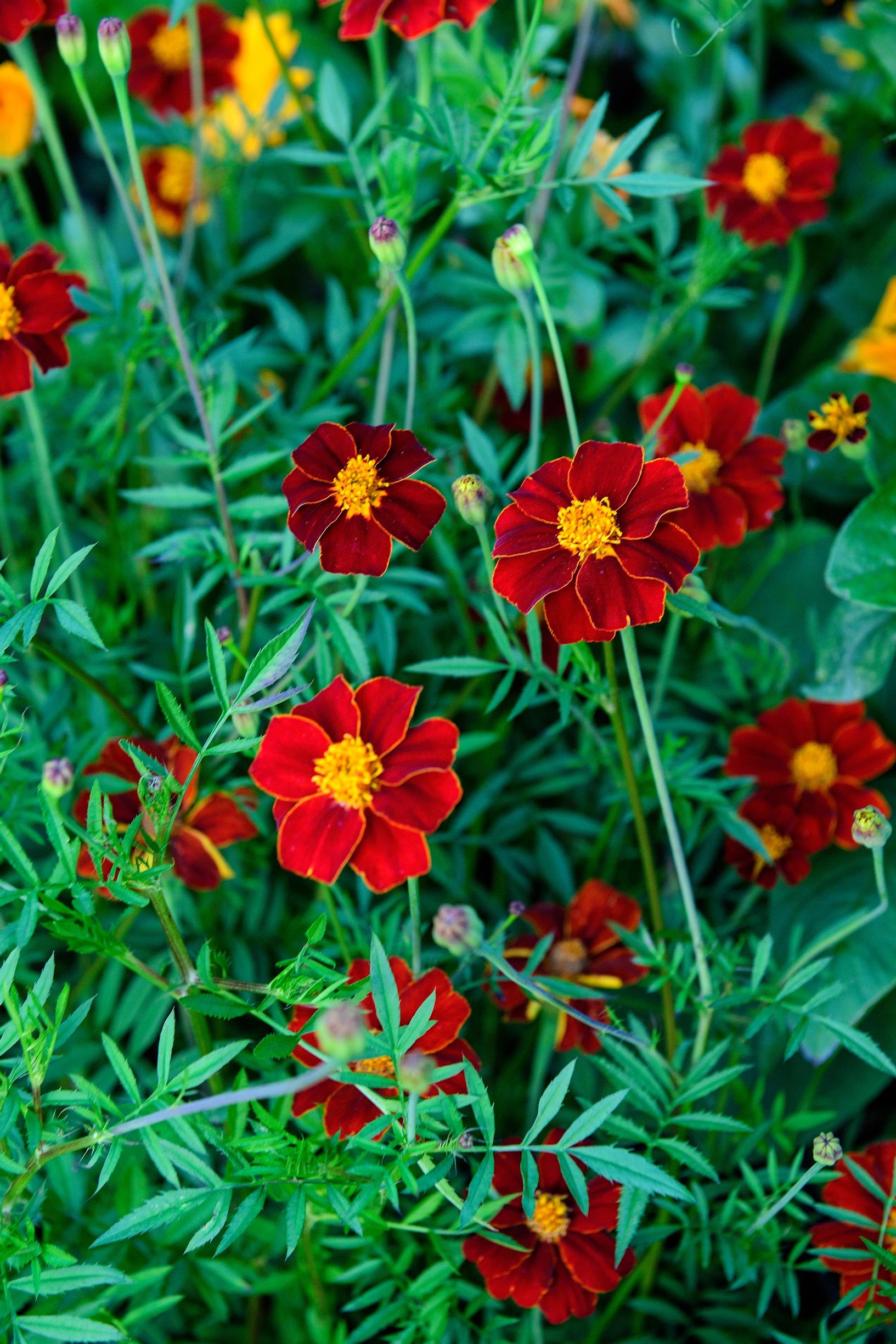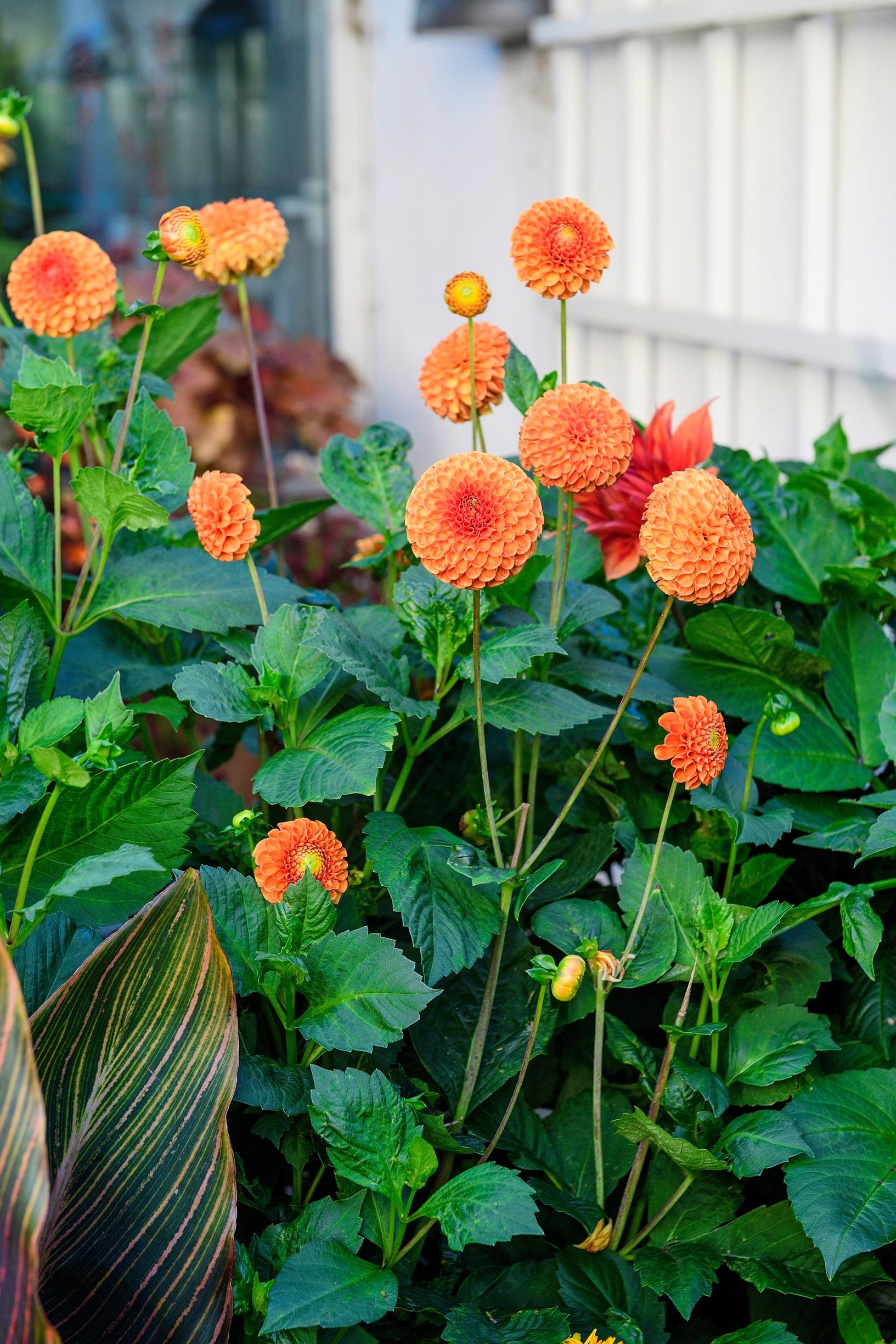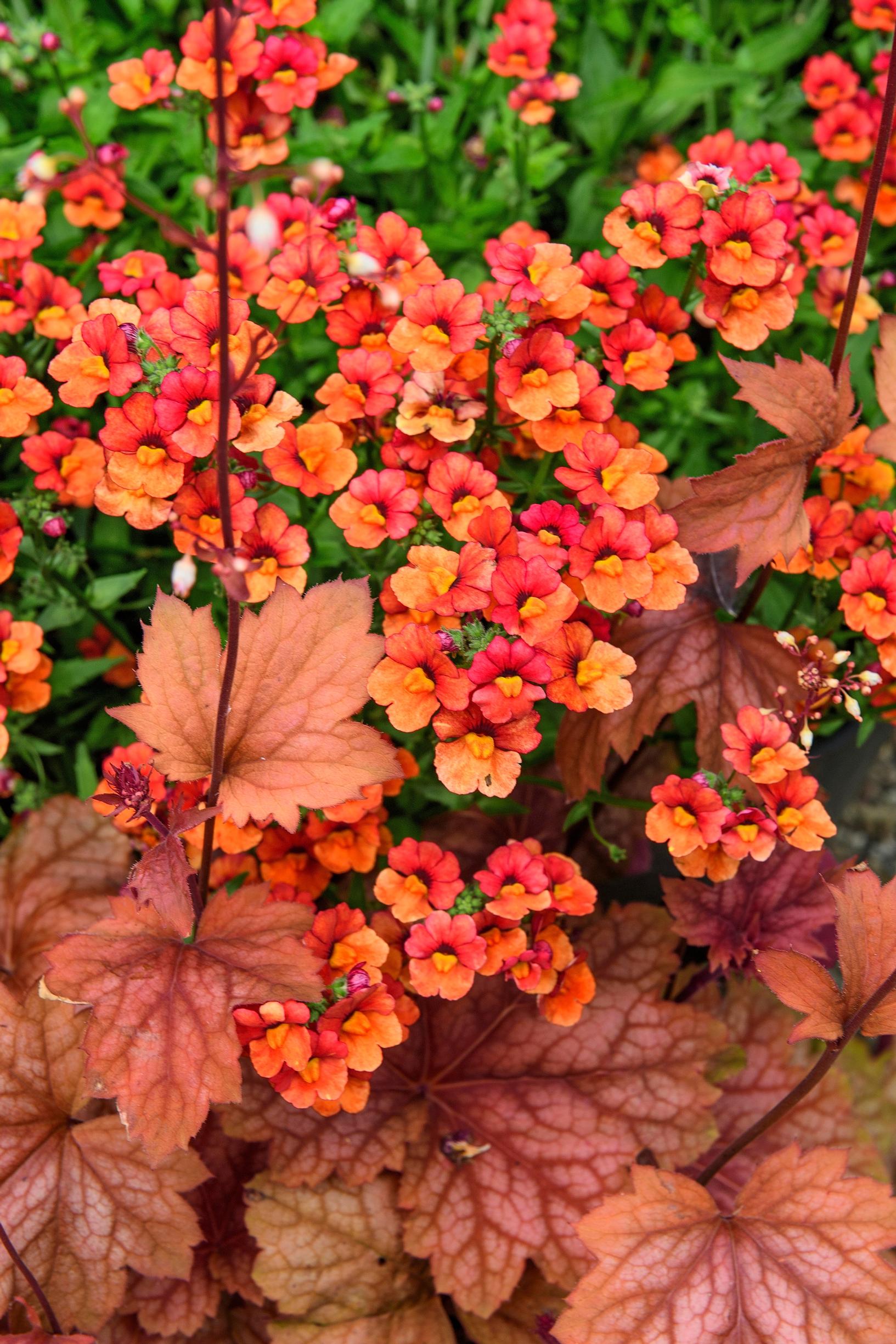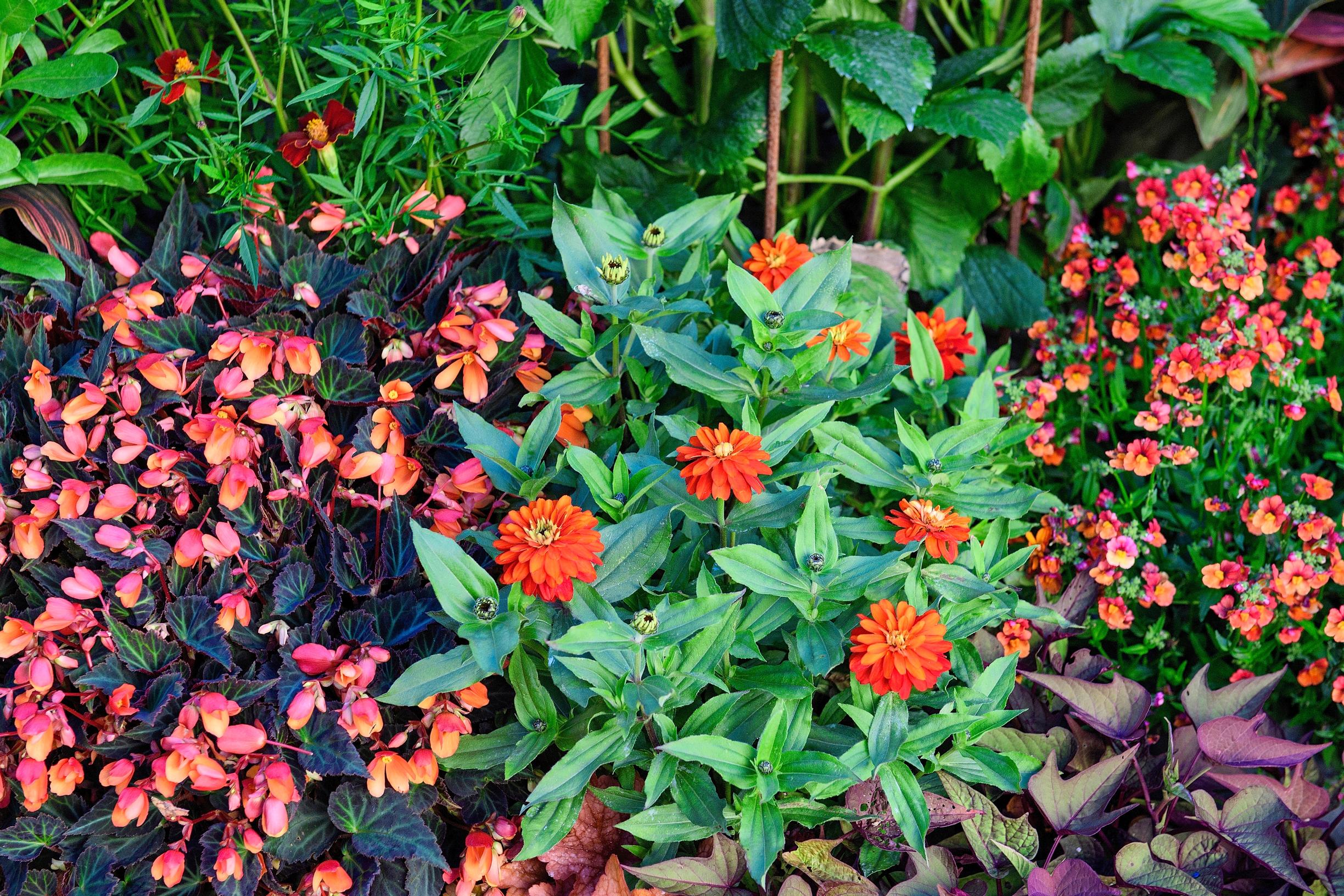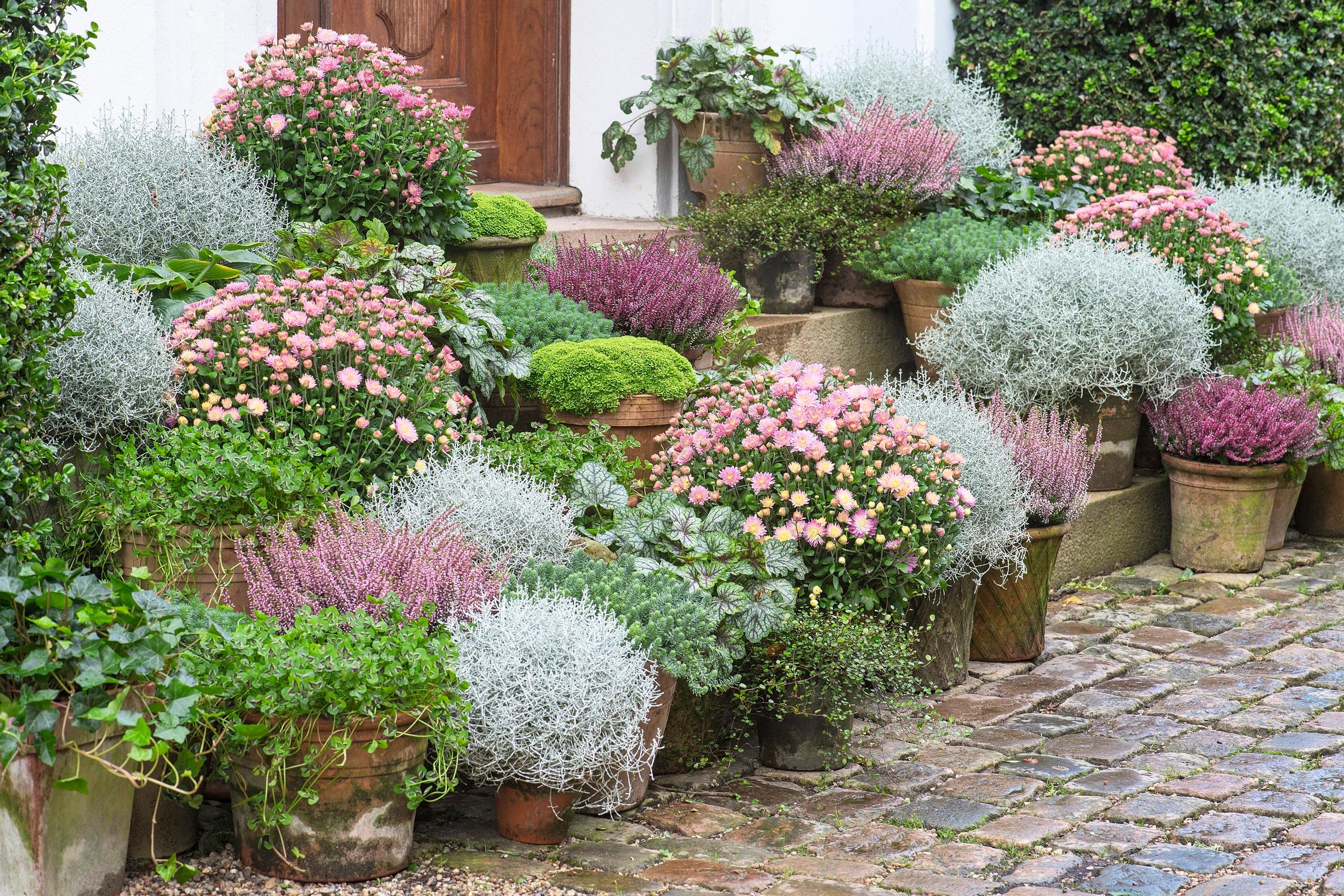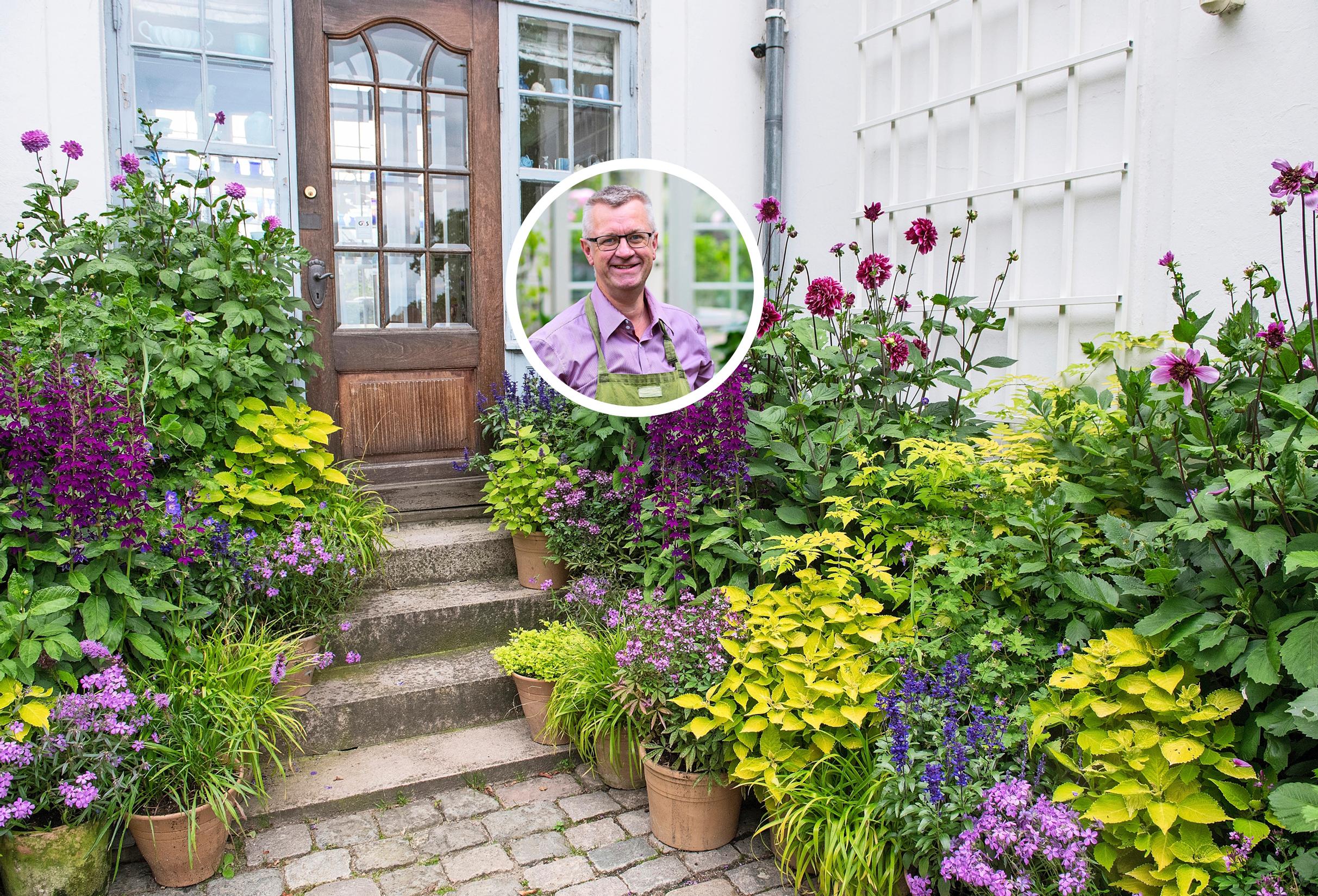
Gardening superstar Claus Dalby: here’s how he combines plants and colors in his garden of 2,000 pots from spring to fall
Danish gardener Claus Dalby’s container arrangements are fascinating compositions where flowers and foliage create a perfect balance. Half a million followers admire them on Instagram. Here’s how the arrangements change from season to season!
Claus Dalby is Denmark’s number-one garden guru, and people have become familiar with his style through his many TV shows and books, and nowadays increasingly through his social media channels. For example, on Instagram, he has nearly half a million followers.
Claus’s love for gardening was sparked on his first visit to the Danish artist Anne Just’s famous Haven i Hune garden in 1996.
“I’ve always been interested in beautiful things and home décor, but at that time, the garden meant almost nothing to me. I only intended to discuss publishing Anne’s book through my publishing company, but the garden’s lushness, abundance of flowers, and artistic flair made a huge impression on me. I went home filled with new enthusiasm for gardening,” Claus says.
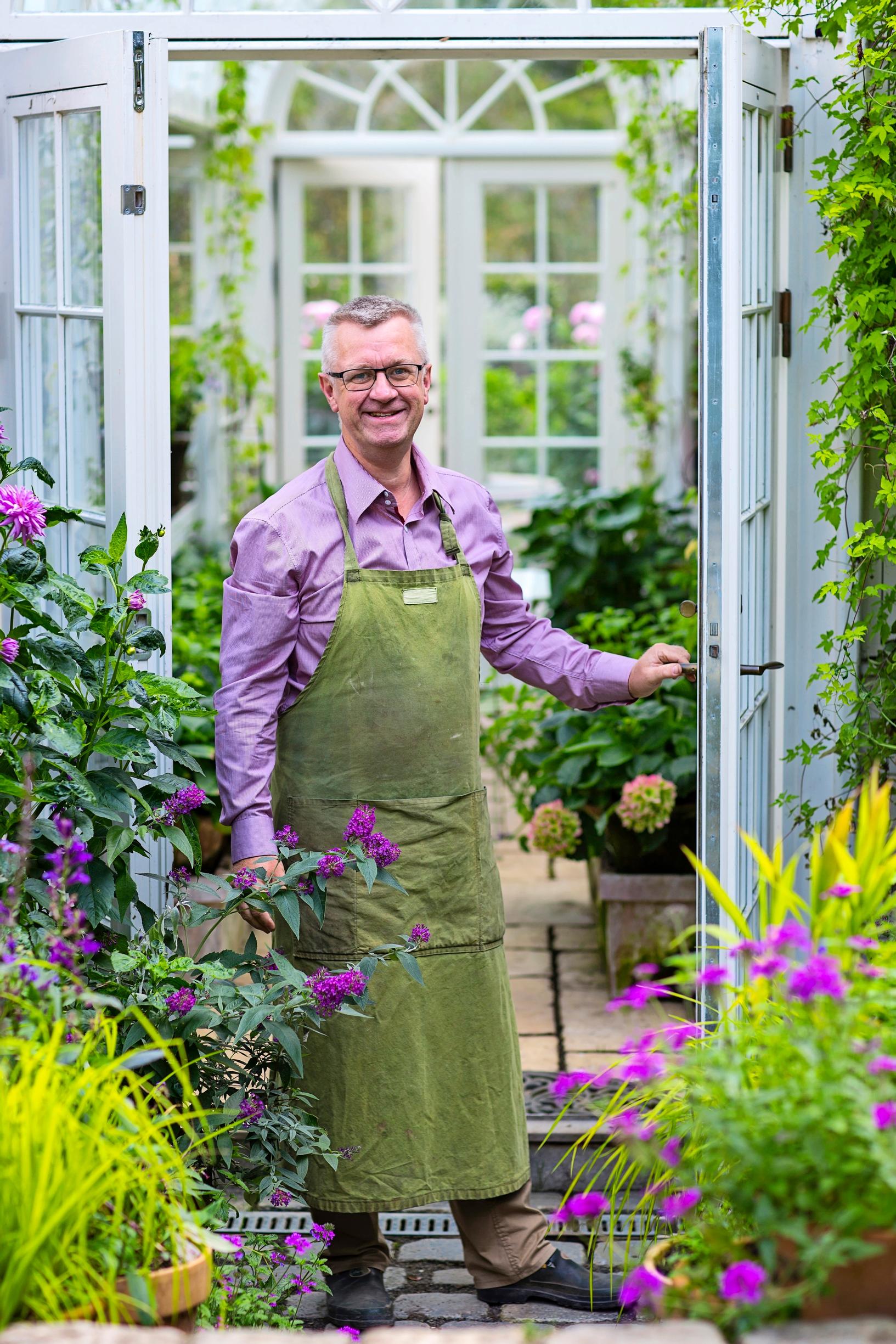
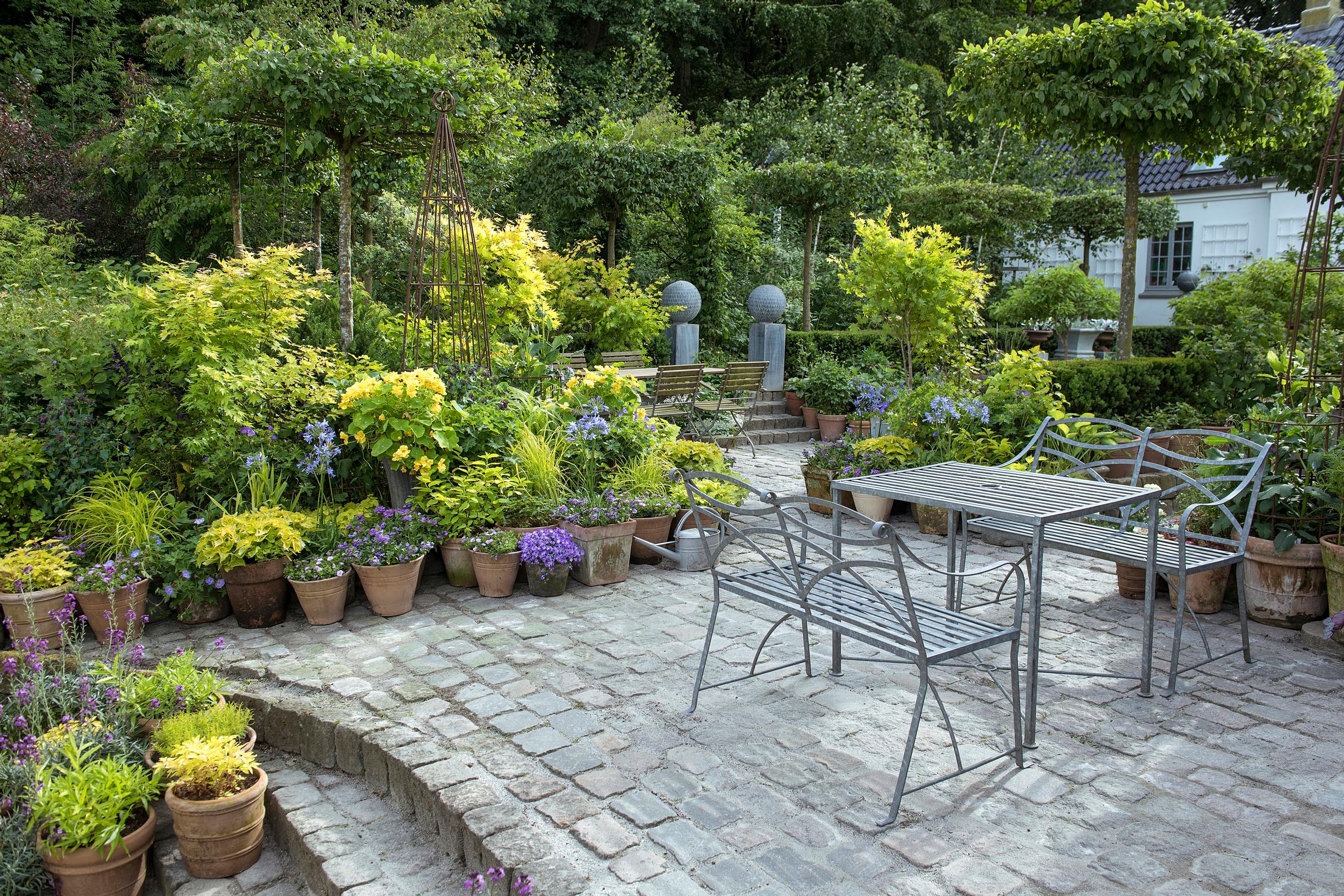
His friendship with Anne Just quickly drew Claus deeper into the world of gardens. They traveled together to gardens in England, and before long, they were also hosting a gardening show on Danish television.
“My house used to be surrounded by 4,000 square meters of lawn. It was like a blank canvas that I began to paint. Now, 30 years later, there’s not a single patch of lawn. My container displays comprise around 2,000 pots, and I switch out the plants according to the season.”
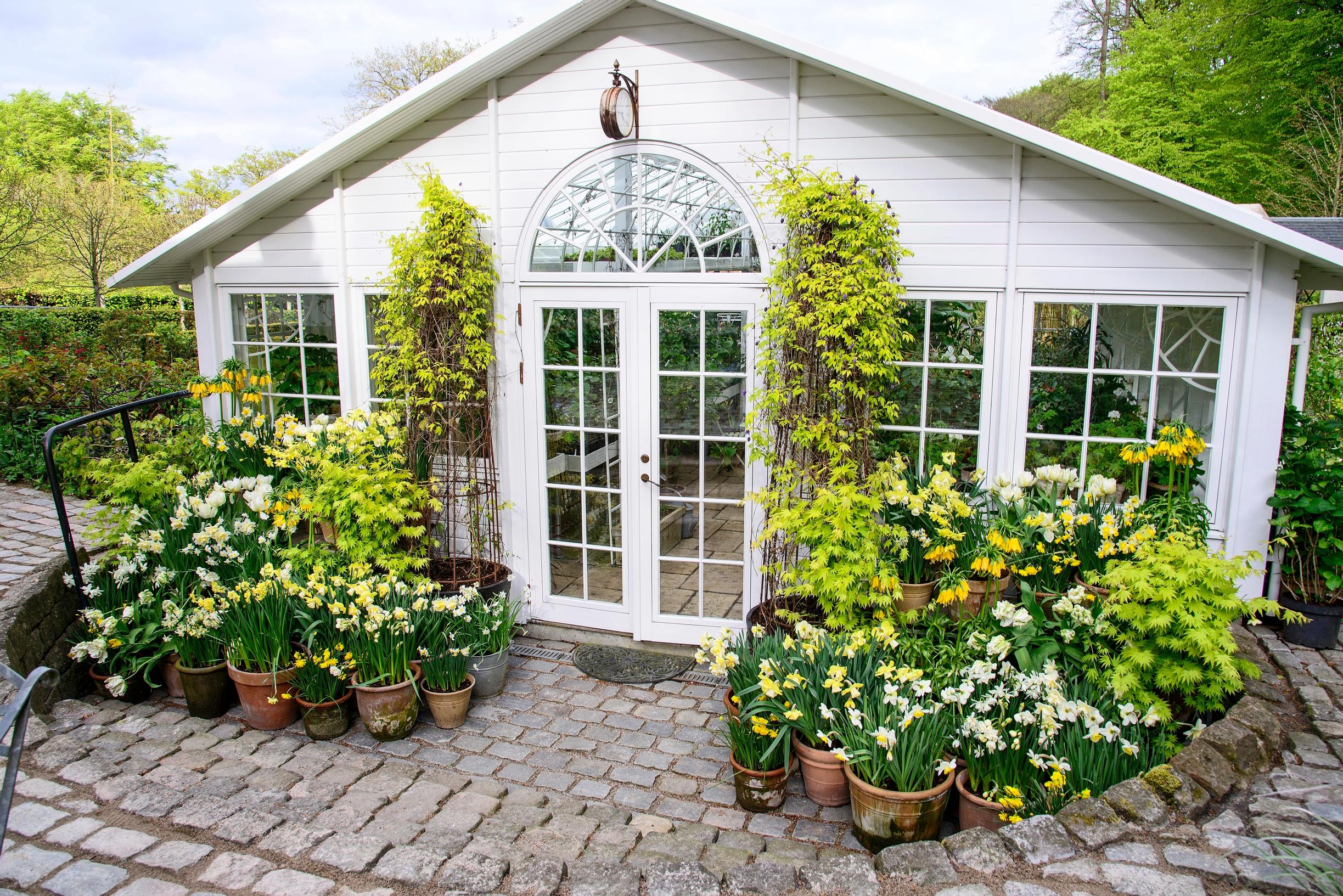
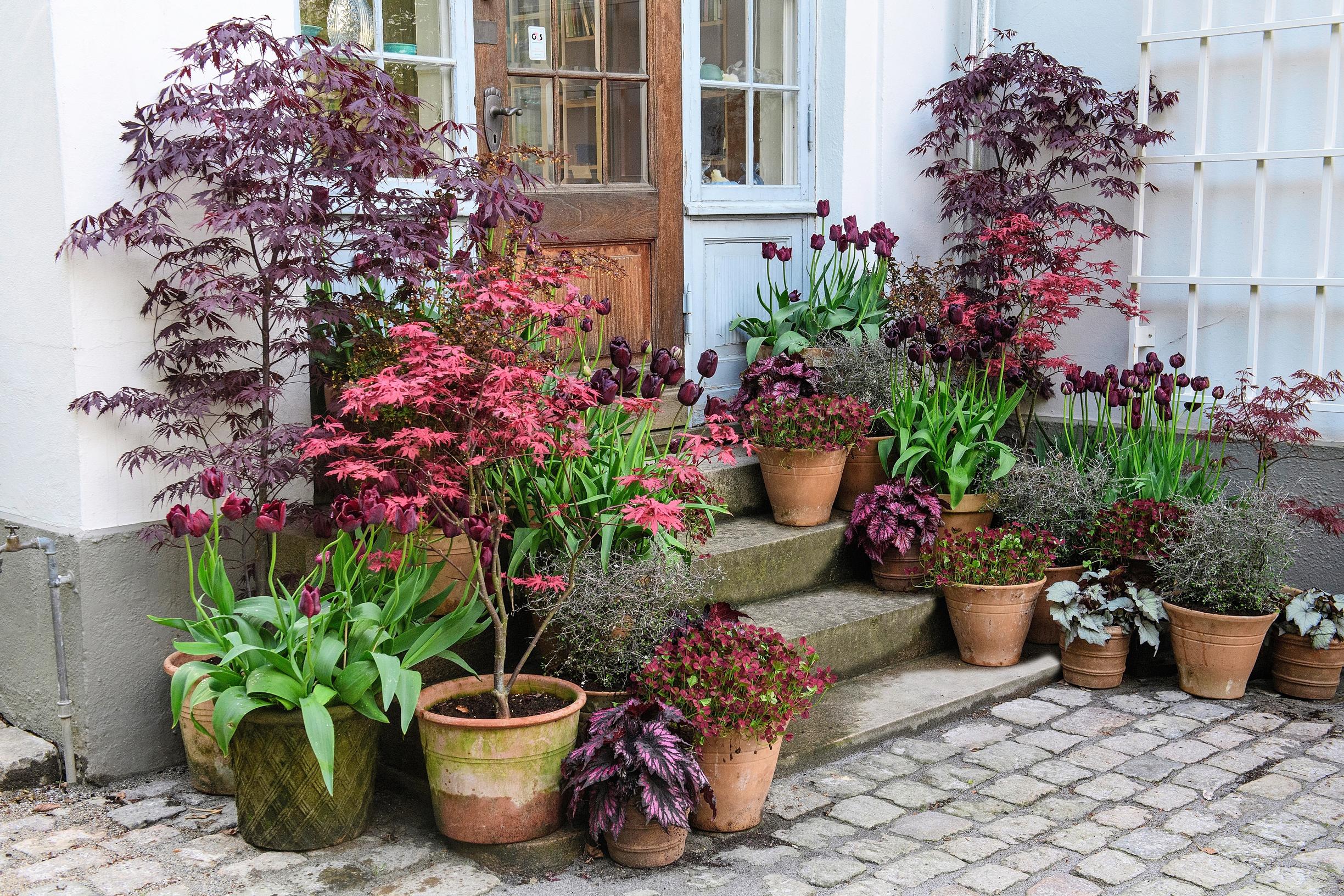
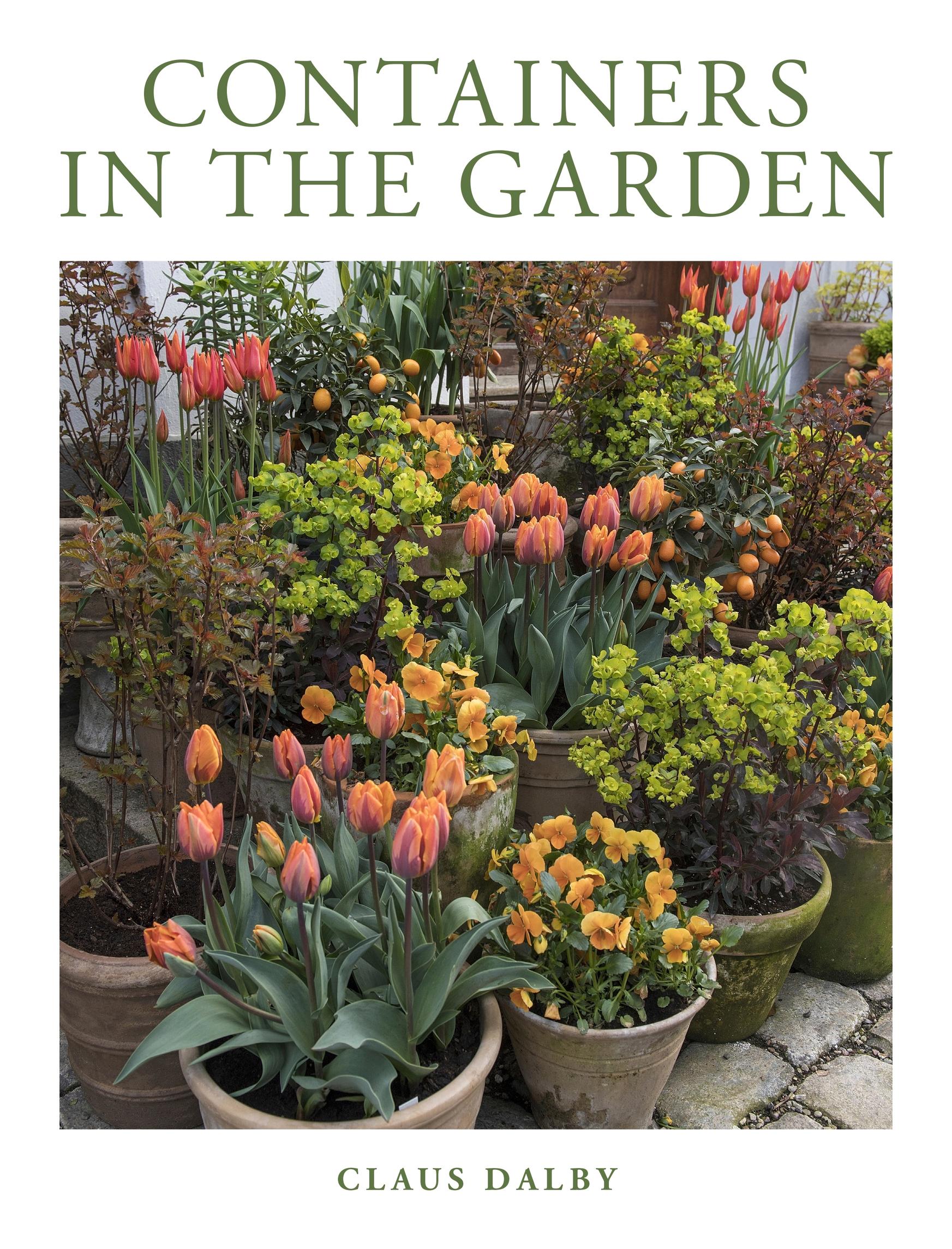
Spring is orange
Colors have always been important to Claus Dalby, and he likes to use them all in his container arrangements. He finds pastel-colored flowers easiest, because you can’t really go wrong combining them, and they always look pretty.
“However, I’m even more drawn to many other colors these days. For instance, a sparkling orange—could anything be more fabulous? Many people see orange as a fall color, but I think it suits spring just as well.”
For combining colors, Claus suggests turning to the color wheel. You get a harmonious result by picking one color and pairing it with a neighboring shade. For example, after choosing red, you could move on the wheel toward either blue or yellow. If you want bolder color combinations, try mixing complementary colors, the ones that lie opposite each other on the color wheel. However, Claus never uses complementary colors in equal measures, as that would make the result too sparkling and restless. You can achieve a more appealing result by having one-third of one color and two-thirds of the other.
Claus believes a garden should also contain surprises. That’s why he has used structural elements and trimmed hedges to define views. The idea is that as you walk through the garden of the grand early 1900s manor house, you’re constantly met with something new.
“I love seeing how my garden visitors light up when they turn a corner and discover, for instance, a joyful pop of orange blooms.”
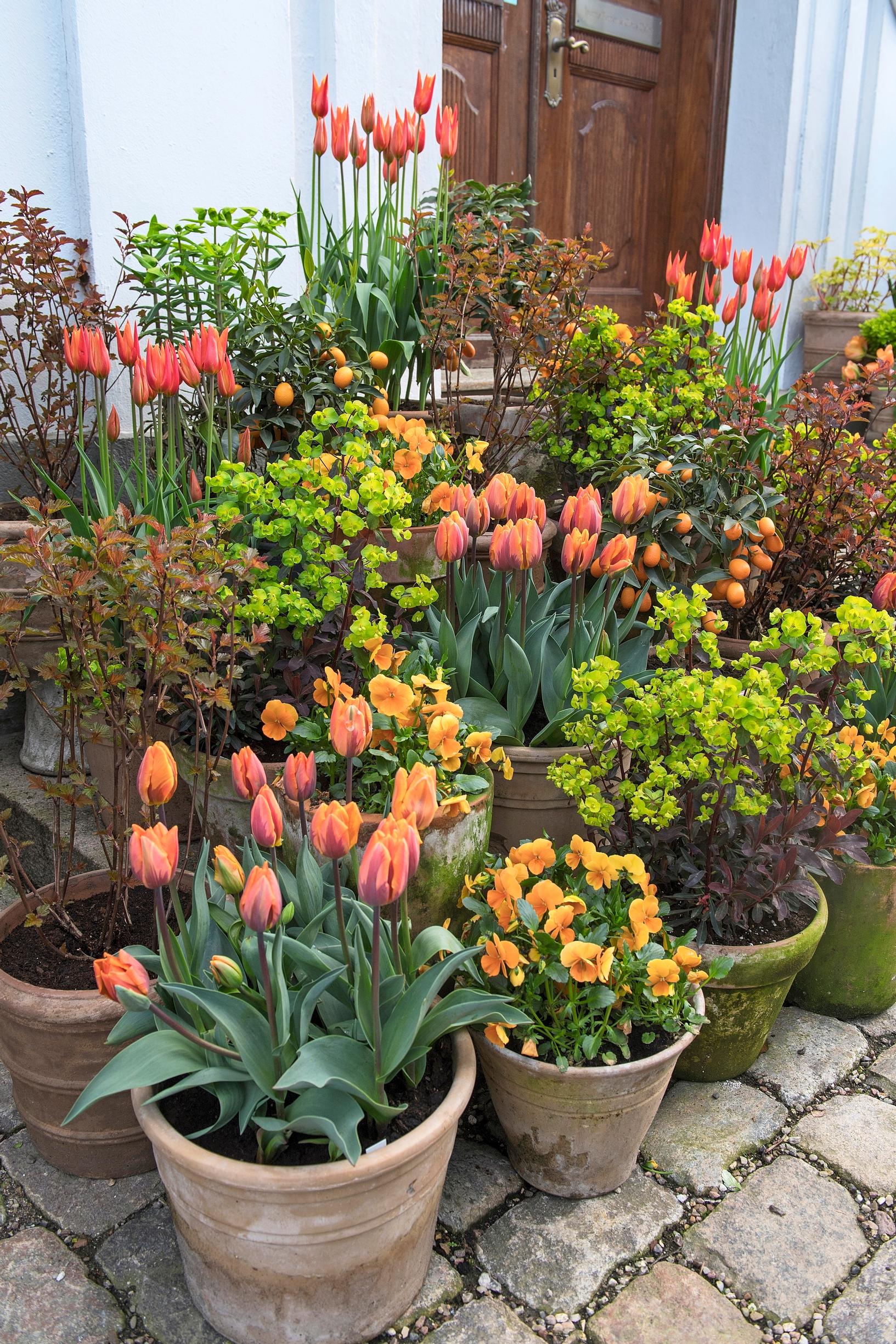
A snow-white summer
A passionate relationship with color doesn’t mean white has no place in Claus’s garden. Part of the total fifteen garden rooms is dedicated to pure white flowers. Claus was particularly inspired by Sissinghurst’s famous White Garden in Kent, England, which Vita Sackville-West and Harold Nicolson created in the 1930s.
“Of course, I pay a lot of attention to foliage colors when combining any color of blooms, but it’s especially crucial with white flowers. I don’t think a white-flowered arrangement looks nearly as elegant without gray and metallic silver foliage,” Claus points out.
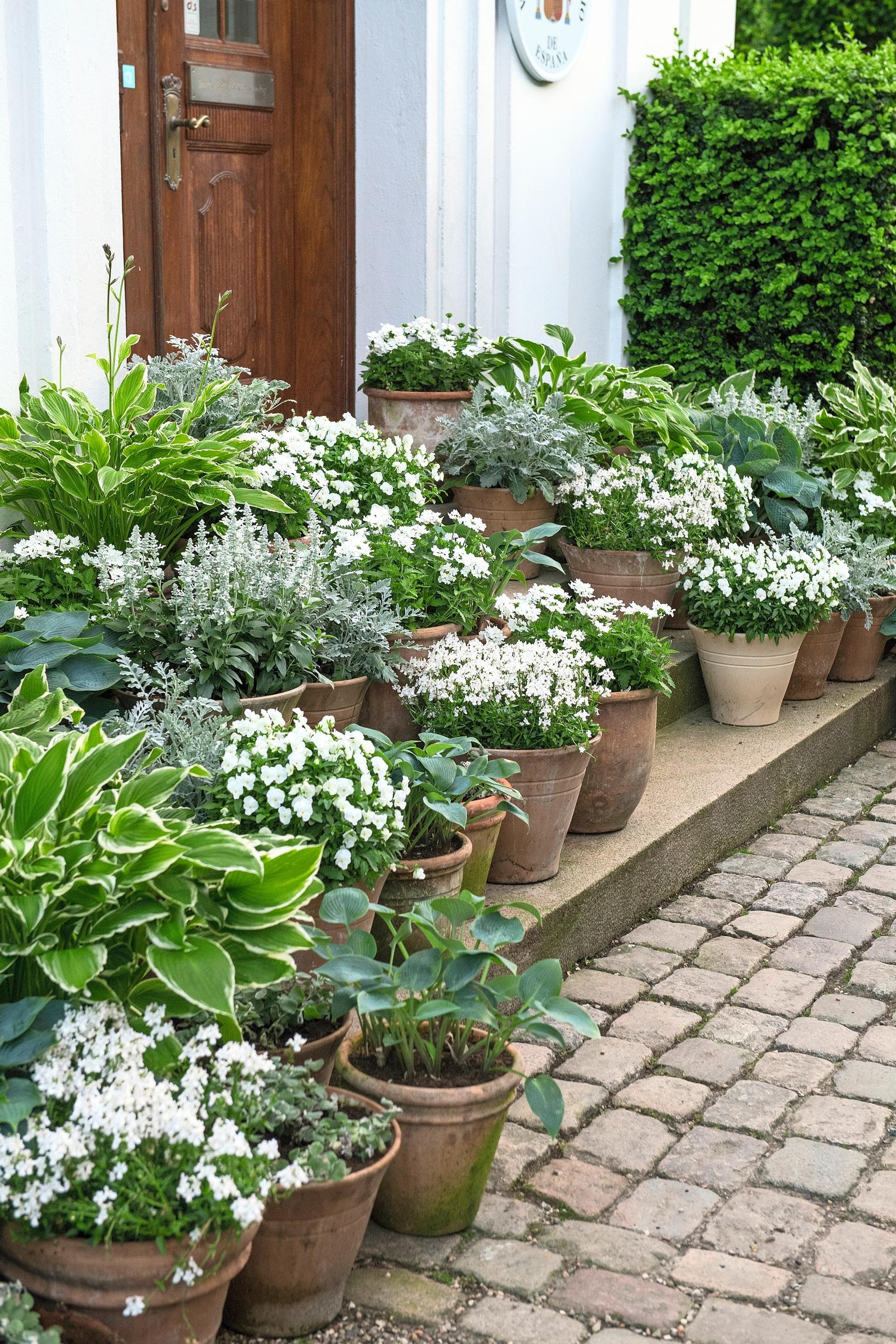
He has a host of favorite gray-tinged plants, but silver sage is his top pick. Its large leaves covered in soft hairs grow to an impressive size over the summer. Another one of Claus’s reliable grays is the dusty miller with oak-like leaves, long popular as a companion for summer flowers. Its new large-leafed variety ‘Angel Wings’ is especially eye-catching. Beyond gray and silvery plants, Claus likes to pair white flowers with white-variegated foliage, which is common in many hosta varieties, for example.
“Hostas are the best perennials for container growing. Every few years, we move them into bigger pots once the old ones become too cramped.”
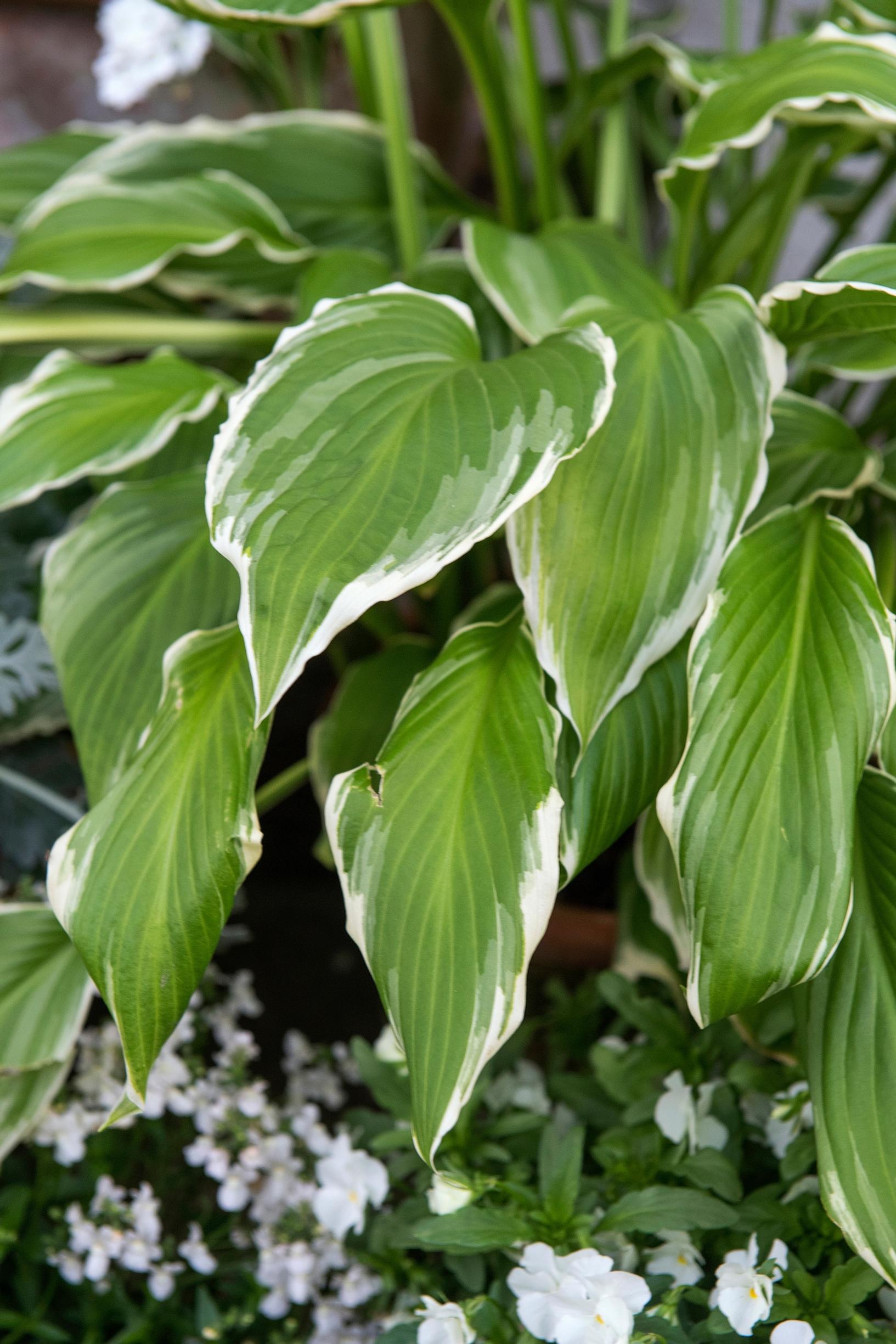
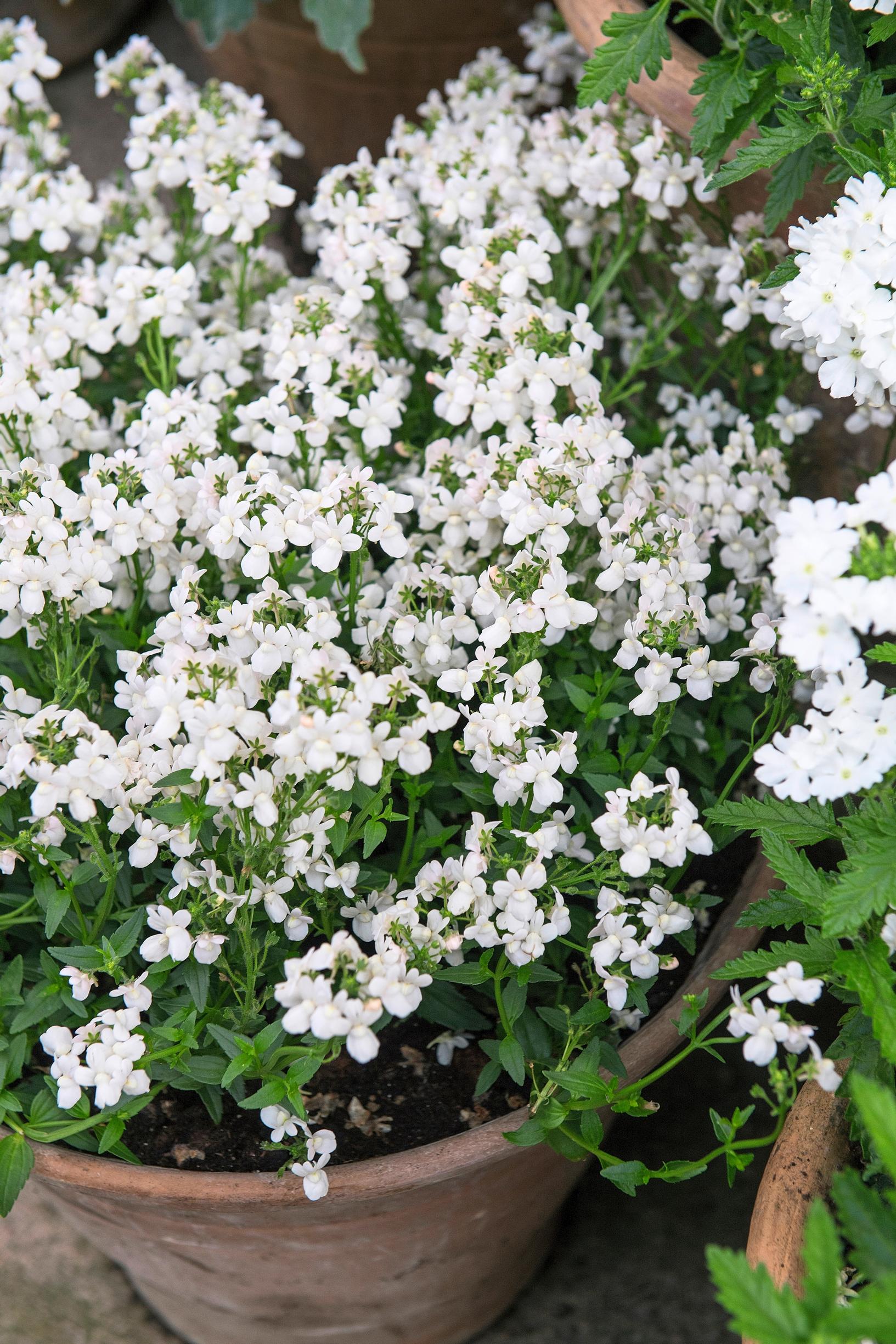
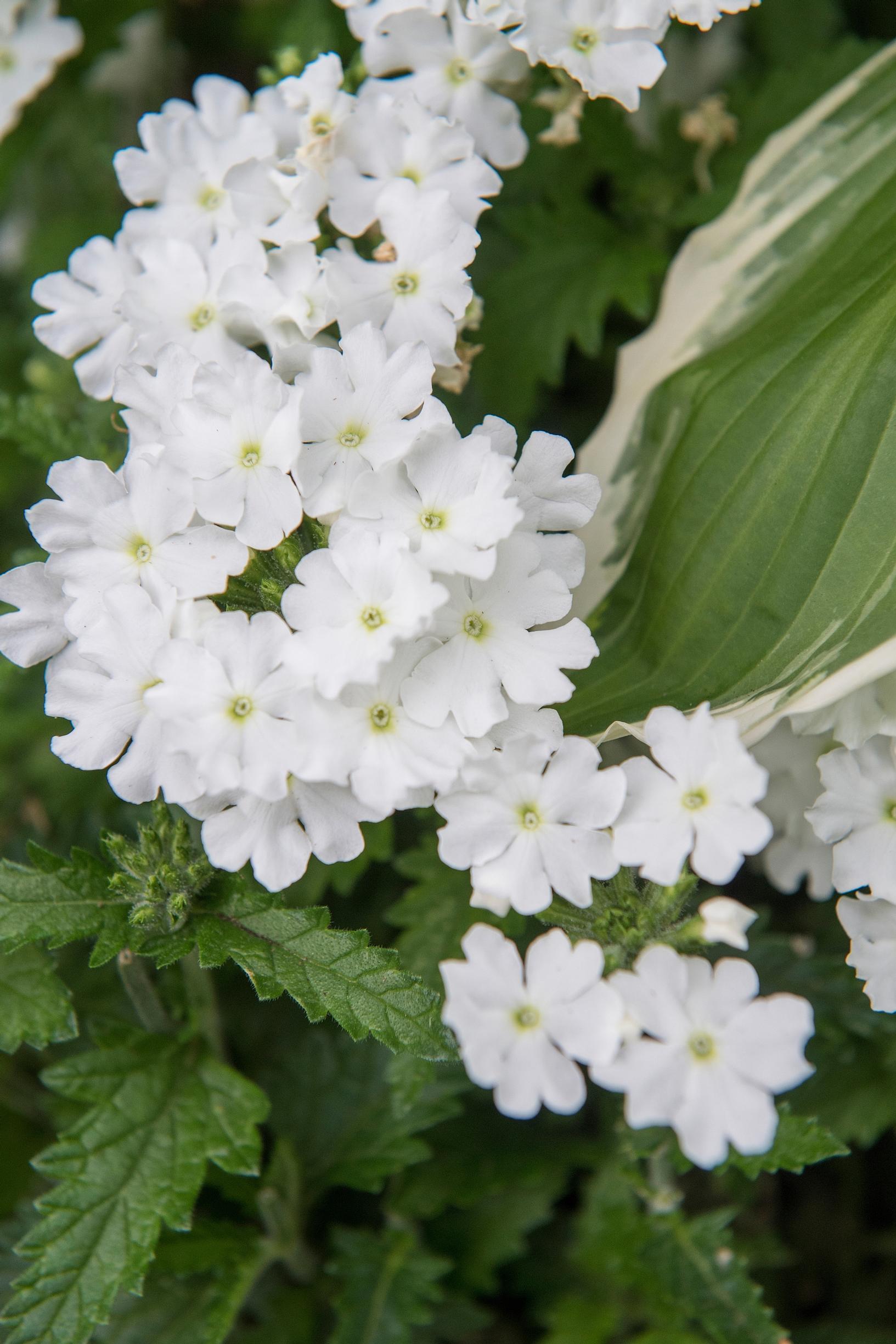
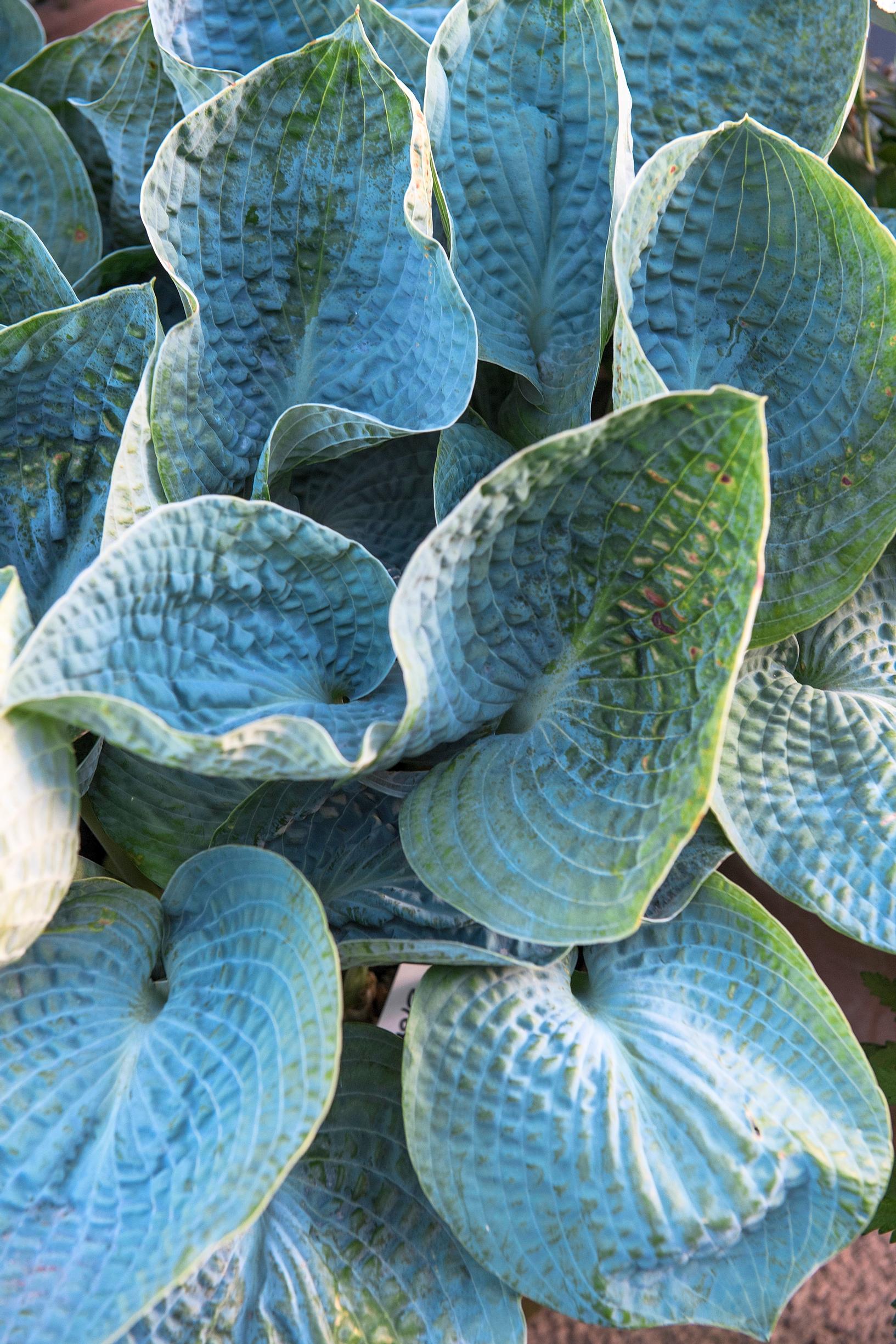
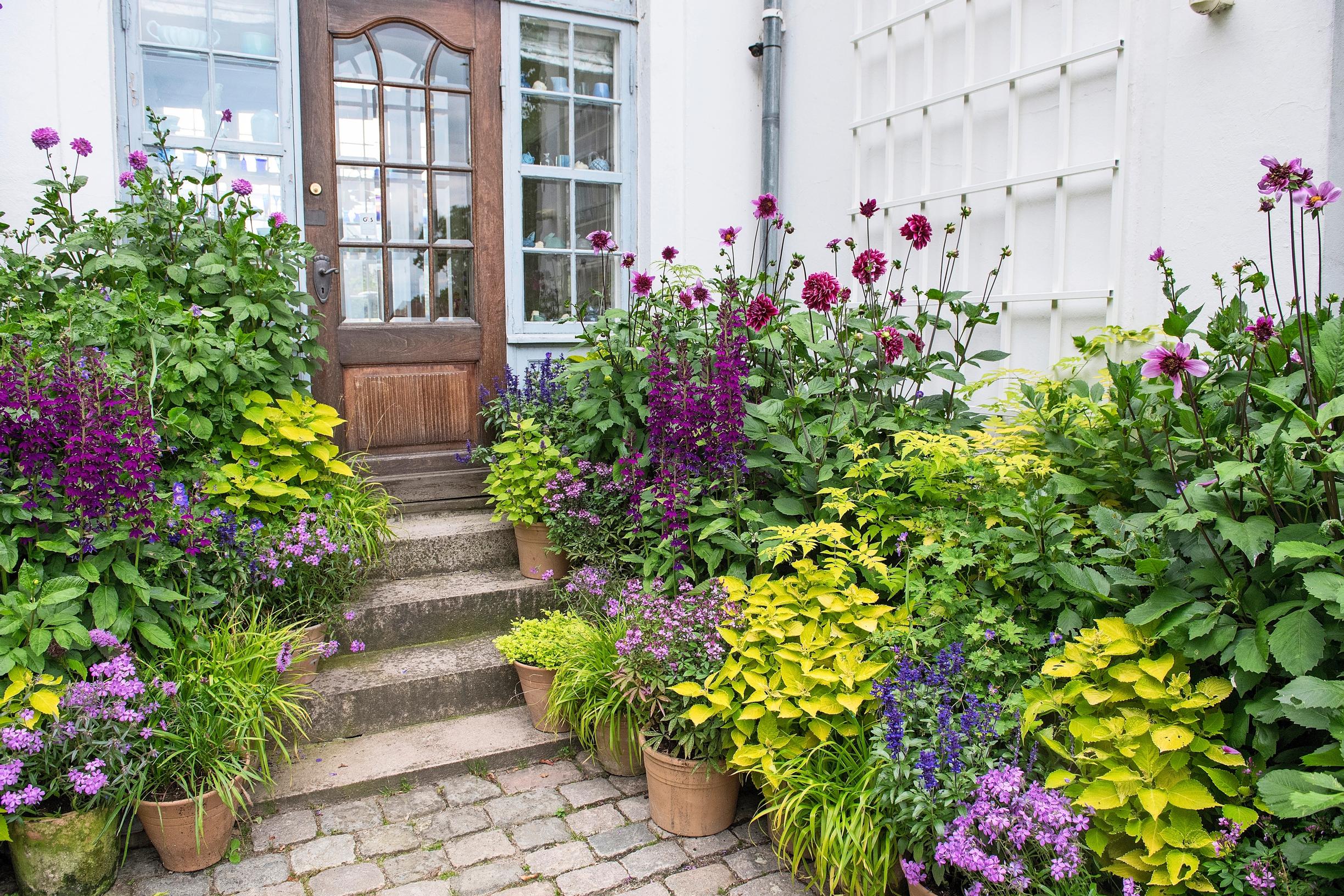
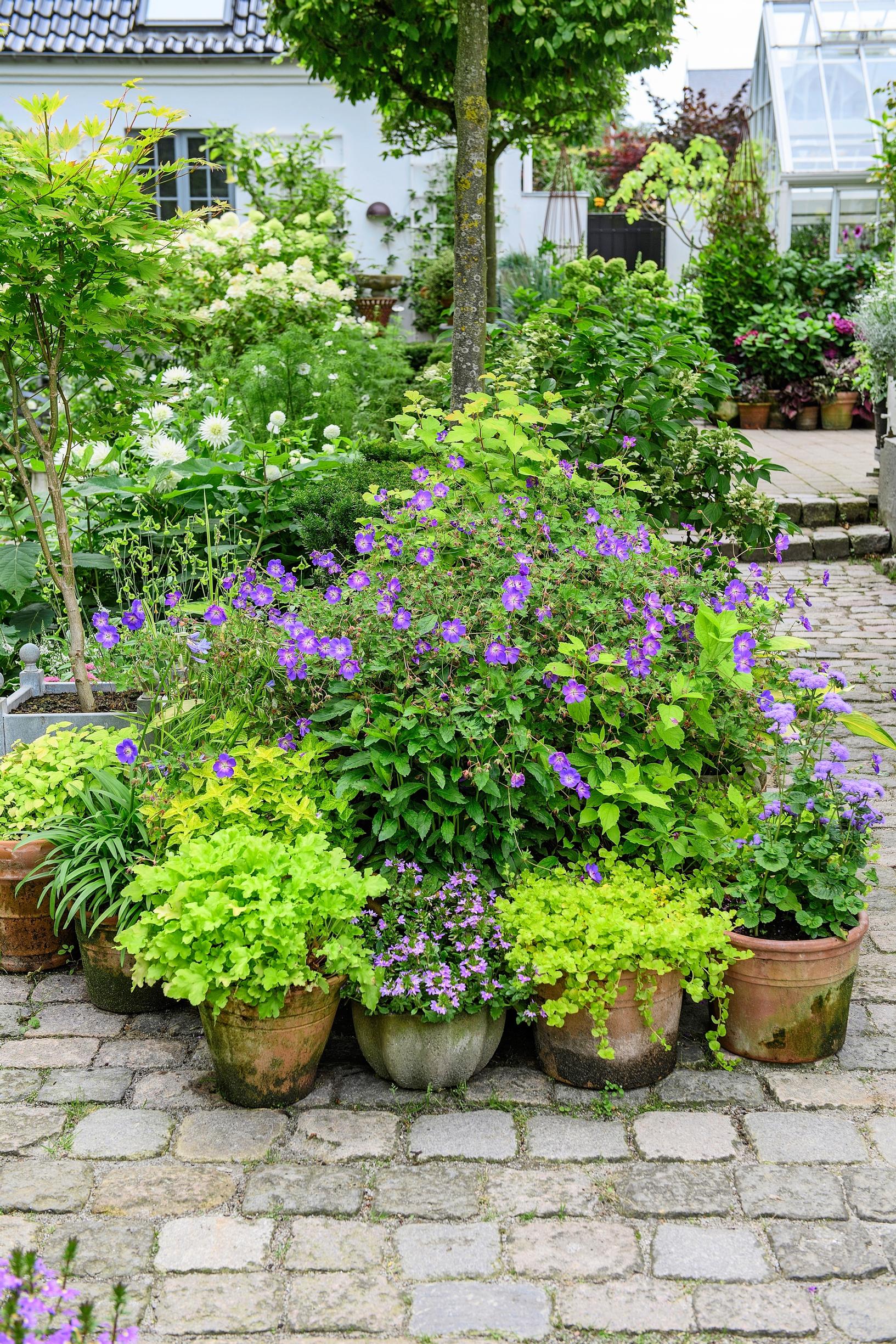
Late summer glows with warmth
Claus keeps track of winning plant combinations all summer in a small notebook that he keeps in the pocket of his gardening apron.
“I may have been the first person who started creating mass plantings in containers. Over the years, I’ve developed my own style, and I enjoy blending different design trends and color palettes. Many people say they recognize my garden instantly from photos. I hope it inspires others to be bold with plants and colors as well.”
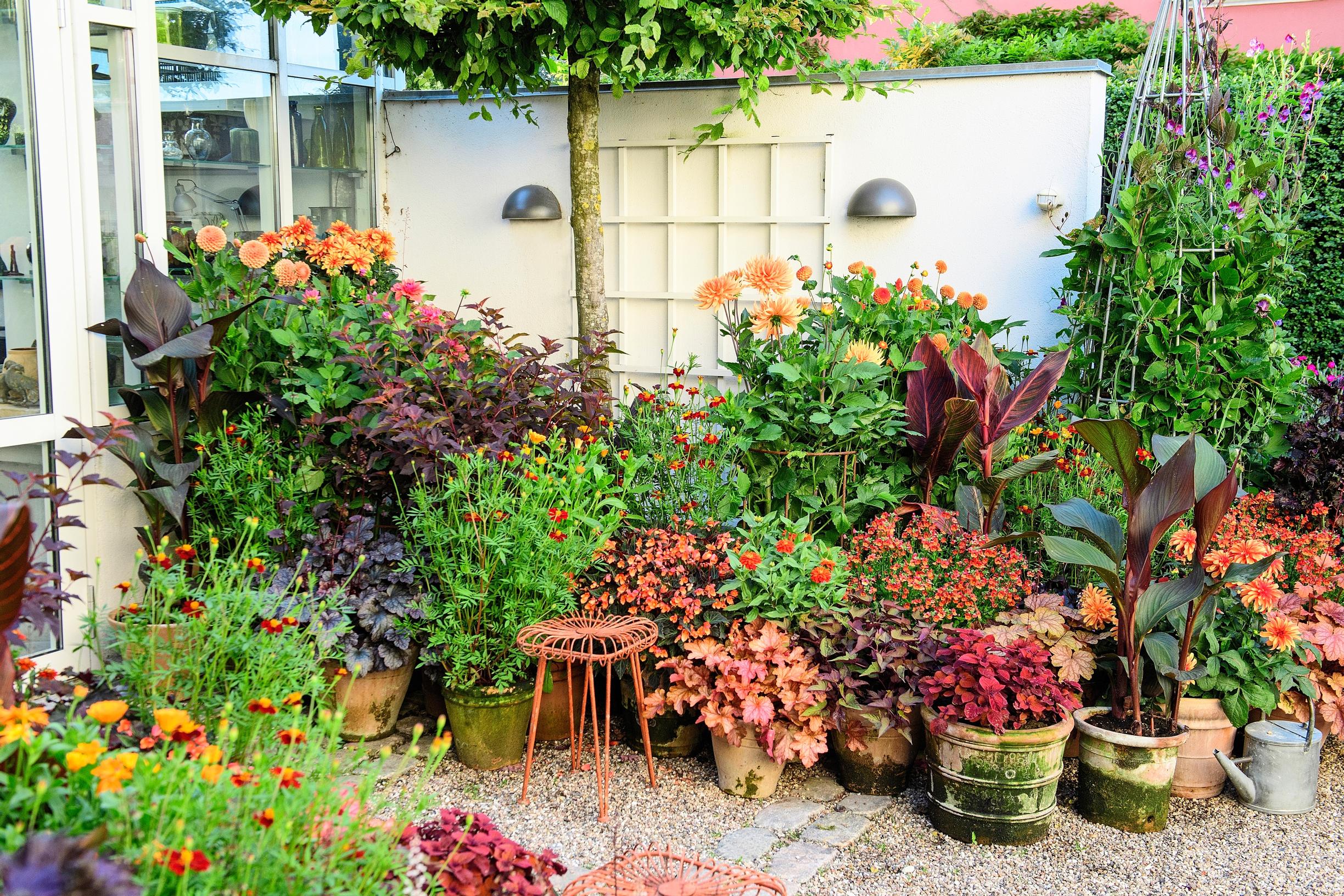
Although Claus’s container garden initially seems filled to the brim with blooms, he emphasizes that foliage plants and small blossoms play equally important roles as the showy stars. Foliage ties everything together, while tiny flowers lighten the arrangements and add more nuances.
He sees the changing seasons as a blessing he wants to underscore in his container arrangements, showing off the best of each blooming period. It’s important to him that something is always in bloom, from the first snowdrops of early spring to the ornamental cabbages touched by the November frost. By late August, marigolds, dahlias, and zinnias blaze in the pots like a grand finale to the summer season.
“I often feel it’s a pity that so many people concentrate only on the early summer in their gardens, forgetting about later-blooming plants. Then by late summer or fall, there’s nothing left to anticipate.”
See also clausdalby.dk, YouTube @clausdalbyenglish, Instagram and Facebook @clausdalby.
